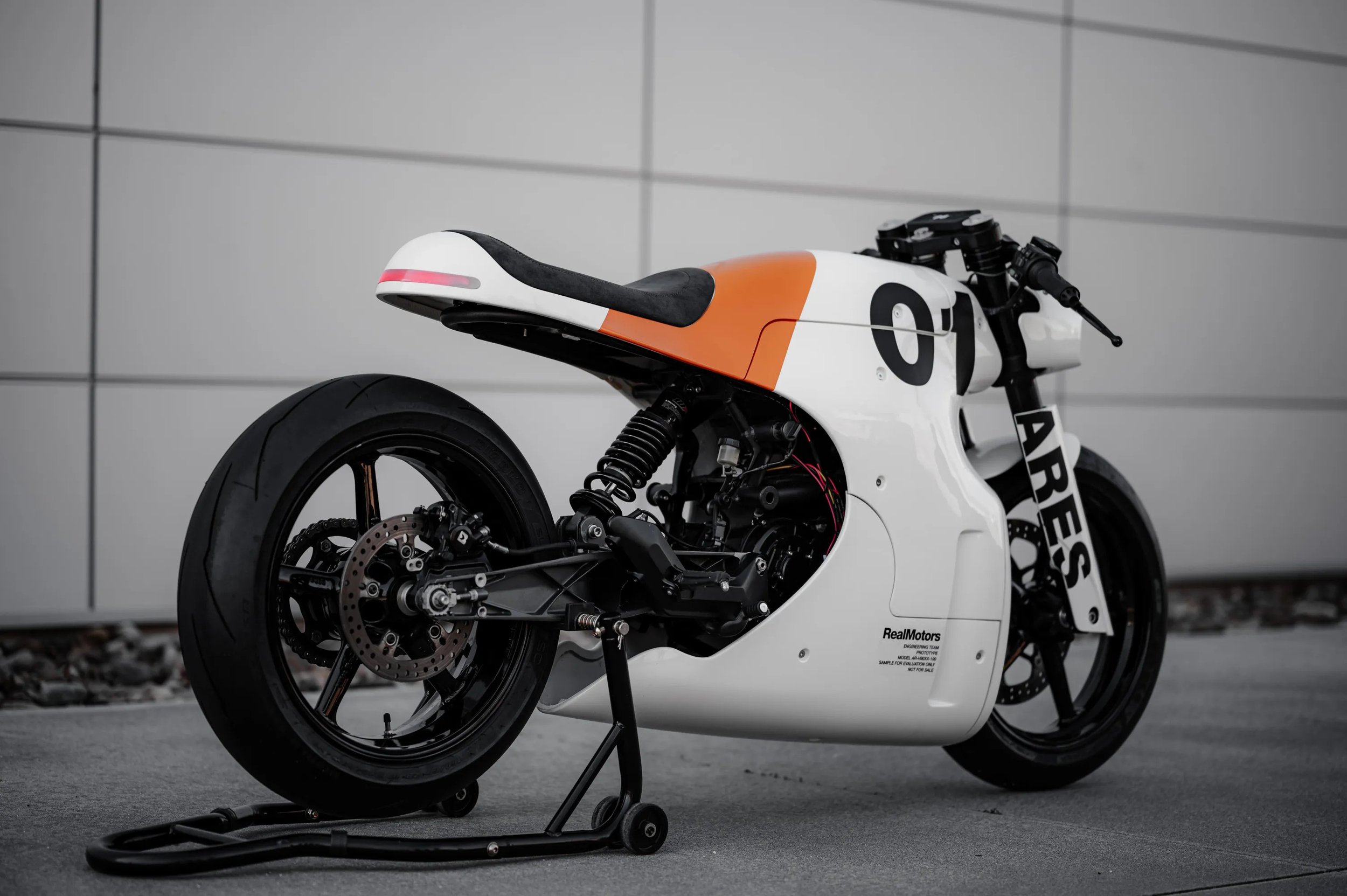Electric Motorbikes: Revolutionizing Transportation and Sustainability In recent years, the global automotive industry has been experiencing a significant shift towards sustainable alternatives. Among these alternatives, electric vehicles (EVs) have emerged as a promising solution to reduce carbon emissions and dependence on fossil fuels. While electric cars have garnered substantial attention, another segment of the market is quietly but steadily gaining momentum: electric motorbikes.
Introduction to Electric Motorbikes
Electric motorbikes, also known as e-bikes or electric motorcycles, are two-wheeled vehicles powered by electric motors. Unlike traditional motorcycles that rely on internal combustion engines fueled by gasoline, electric motorbikes utilize rechargeable batteries to power an electric motor. This distinction brings several advantages, including reduced environmental impact, lower operating costs, and quieter operation.
Advantages of Electric Motorbikes
- Environmental Impact: One of the most significant advantages of electric motorbikes is their minimal environmental impact. Traditional motorcycles emit greenhouse gases and pollutants such as carbon monoxide and nitrogen oxides, contributing to air pollution and climate change. In contrast, electric motorbikes produce zero tailpipe emissions when powered by renewable energy sources, making them a cleaner alternative for urban transportation.
- Cost Savings: Electric motorbikes offer significant cost savings over their gasoline-powered counterparts. While the initial purchase price of an electric motorbike may be higher, owners benefit from lower fuel and maintenance costs in the long run. Electricity is generally cheaper than gasoline, and electric motorbikes have fewer moving parts, reducing the need for regular maintenance and repairs.
- Quiet Operation: Electric motorbikes are much quieter than traditional motorcycles, which can be beneficial for both riders and the surrounding community. The absence of noisy internal combustion engines enhances the riding experience and reduces noise pollution in urban areas, making electric motorbikes a more socially acceptable mode of transportation.
- Performance: Electric motorbikes are known for their instantaneous torque delivery, providing exhilarating acceleration and responsive handling. Electric motors deliver power more efficiently than internal combustion engines, resulting in a smoother and more dynamic riding experience. Some electric motorbikes can outperform their gasoline-powered counterparts in terms of acceleration and top speed.
- Reduced Dependence on Fossil Fuels: By transitioning to electric motorbikes, consumers can reduce their dependence on fossil fuels and contribute to the transition towards renewable energy sources. Electric vehicles can be charged using electricity generated from solar, wind, or hydroelectric power, further reducing their carbon footprint and environmental impact.
Challenges and Limitations
While electric motorbikes offer numerous advantages, they also face several challenges and limitations that may hinder their widespread adoption.
- Limited Range: Range anxiety remains a significant concern for electric motorbike users, especially for those planning long-distance rides. While advances in battery technology have extended the range of electric vehicles, most electric motorbikes still have a shorter range compared to gasoline-powered motorcycles. However, improvements in battery technology and charging infrastructure are gradually alleviating this limitation.
- Charging Infrastructure: The availability of charging infrastructure is crucial for the widespread adoption of electric motorbikes. While charging stations are becoming more prevalent, especially in urban areas, the infrastructure is still not as extensive as gasoline refueling stations. Additionally, charging times for electric motorbikes can be longer compared to refueling a gasoline-powered motorcycle, although rapid charging technology is being developed to address this issue.
- Initial Cost: The upfront cost of electric motorbikes can be higher than that of traditional motorcycles, which may deter some consumers from making the switch. However, as battery technology advances and economies of scale are realized, the cost of electric motorbikes is expected to decrease, making them more accessible to a broader range of consumers.
- Perceived Performance: Some motorcycle enthusiasts are hesitant to embrace electric motorbikes due to concerns about performance and range. While electric motorbikes offer impressive acceleration and handling, some riders still prefer the visceral experience of a gasoline-powered motorcycle. Overcoming these perceptions may require education and outreach efforts to showcase the benefits of electric propulsion.
Market Trends and Growth Potential
Despite these challenges, the market for electric motorbikes is experiencing rapid growth, driven by increasing environmental awareness, government incentives, and advancements in technology. According to industry analysts, the global electric motorcycle market is projected to expand significantly in the coming years, with major manufacturers investing in research and development to meet growing demand.
In addition to traditional motorcycle manufacturers, startups and innovative companies are entering the electric motorbike market, introducing innovative designs and features to attract consumers. From sleek urban commuters to rugged off-road bikes, electric motorbikes are available in a variety of styles and configurations to suit different preferences and riding conditions.
Government Support and Regulation
Government support and regulation play a crucial role in shaping the electric motorbike market. Many countries are implementing incentives and subsidies to encourage the adoption of electric vehicles, including tax credits, rebates, and infrastructure investments. Additionally, stricter emissions regulations are prompting manufacturers to invest in electric propulsion technology to meet environmental standards.
However, regulatory challenges remain, particularly regarding safety standards, licensing requirements, and vehicle classification. As electric motorbikes become more prevalent on the roads, policymakers will need to address these issues to ensure the safety and integration of electric vehicles into existing transportation systems.
Conclusion
Electric motorbikes represent a promising solution to the environmental and economic challenges facing the transportation sector. With their minimal environmental impact, cost savings, and thrilling performance, electric motorbikes offer an attractive alternative to traditional motorcycles. While challenges such as range anxiety and charging infrastructure remain, ongoing advancements in technology and supportive government policies are driving the growth of the electric motorbike market. As consumer awareness grows and more riders experience the benefits of electric propulsion, electric motorbikes are poised to revolutionize the way we think about two-wheeled transportation.
